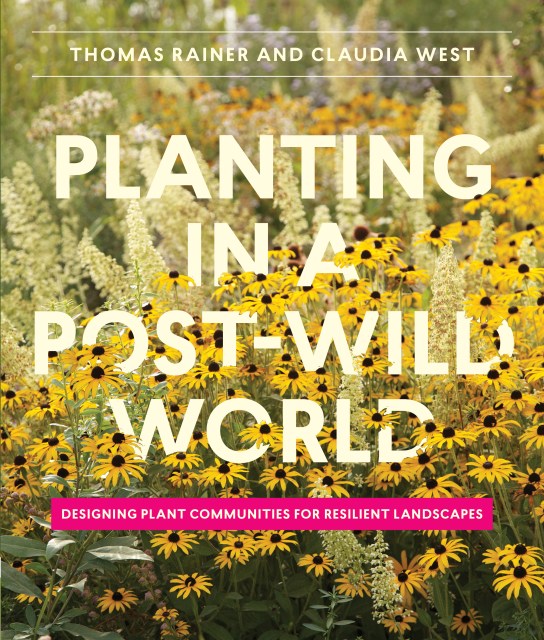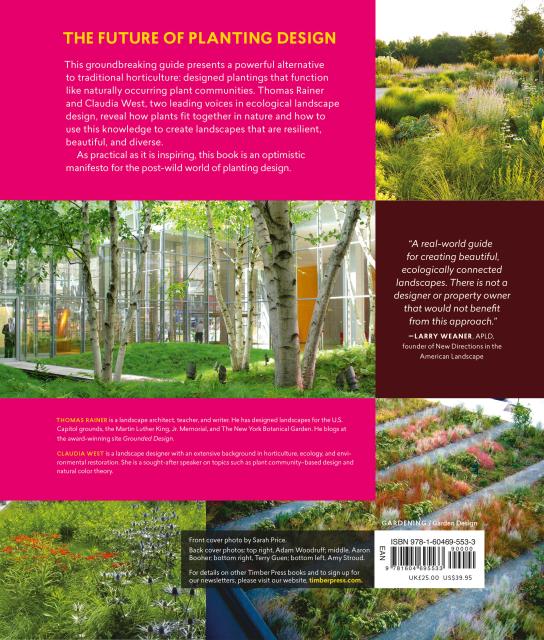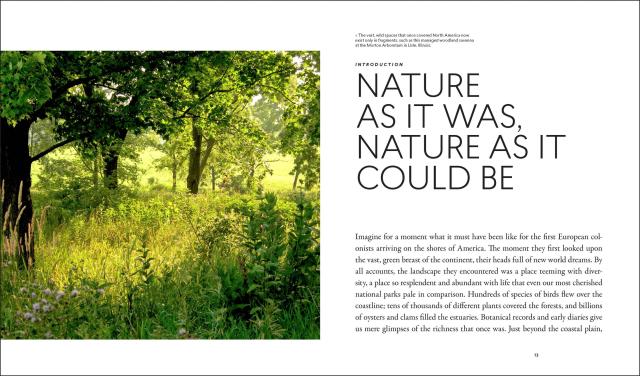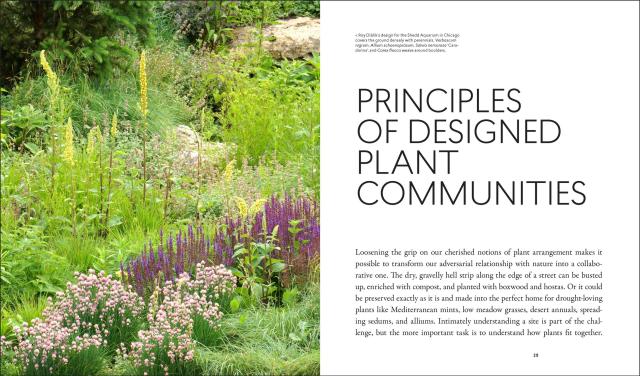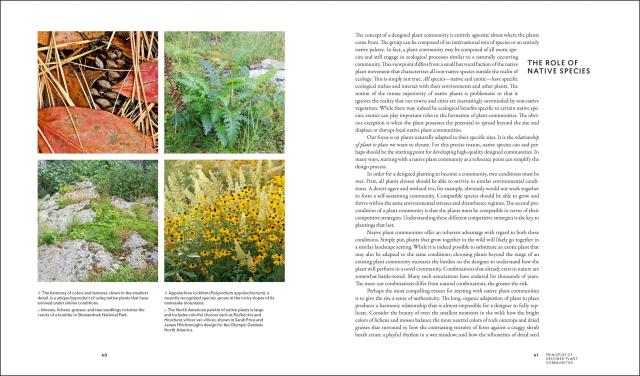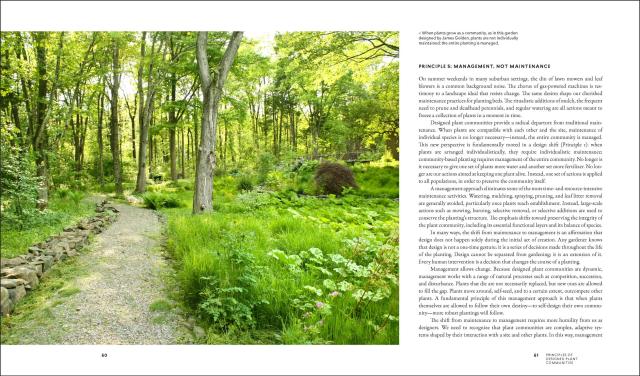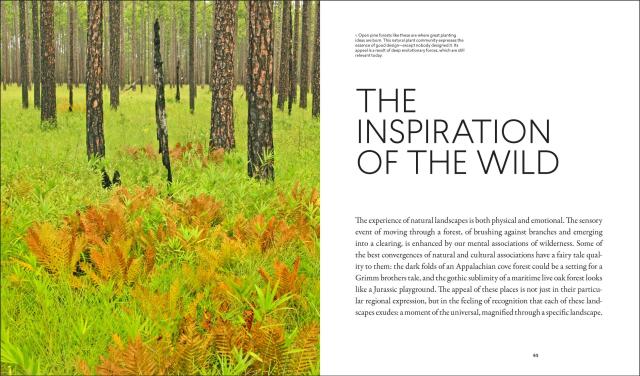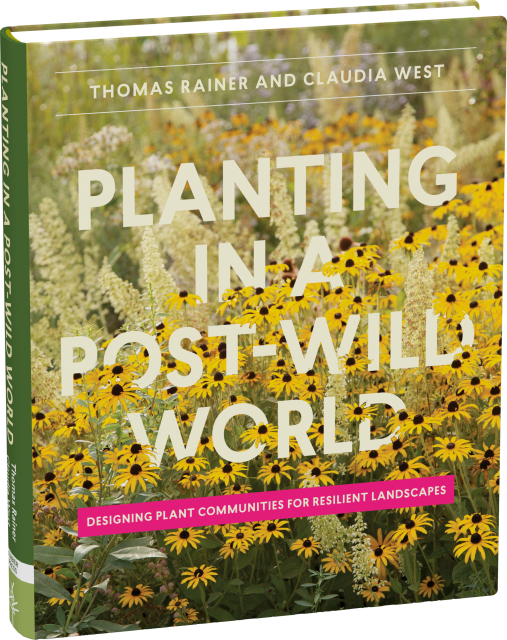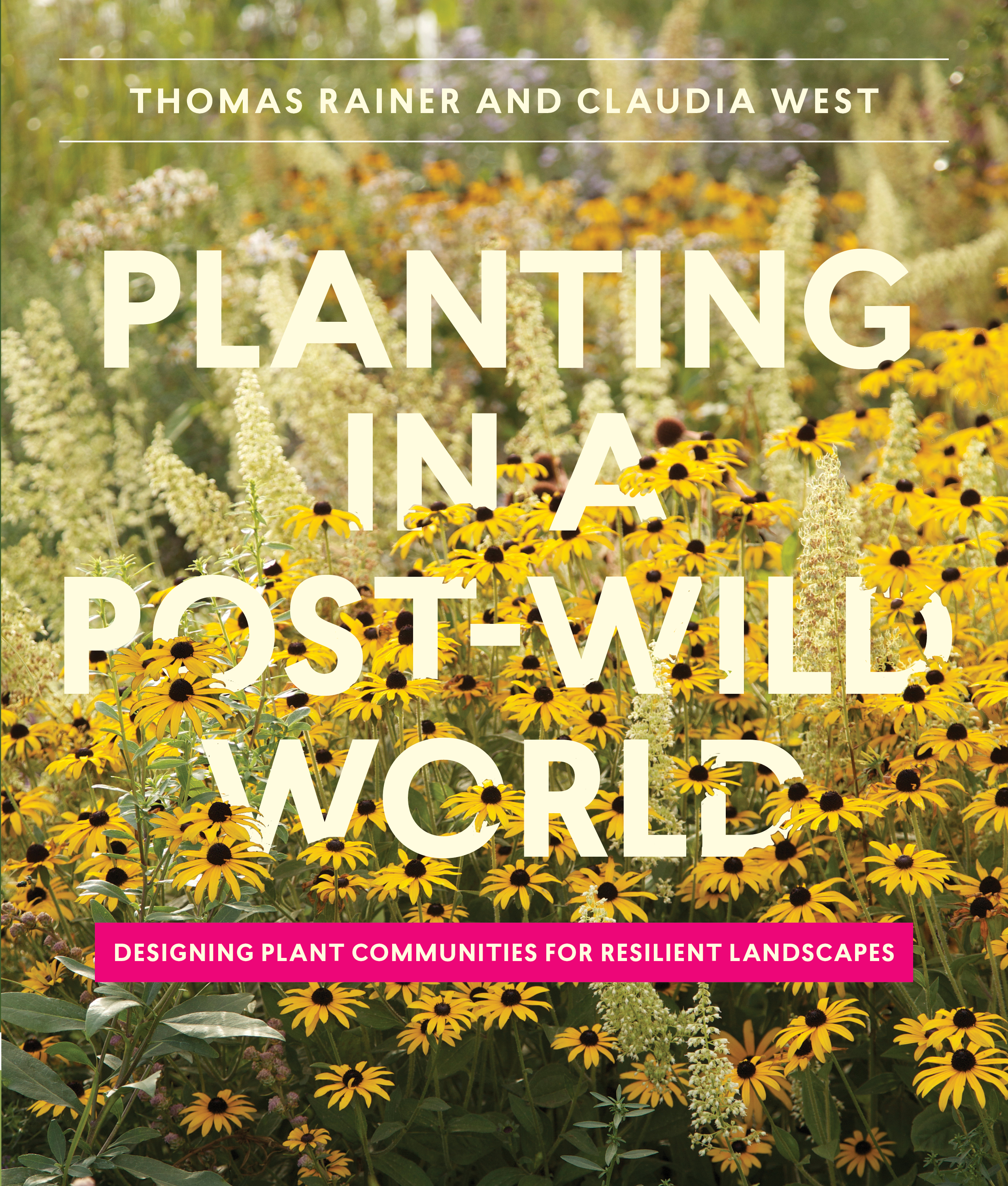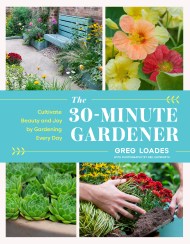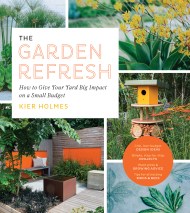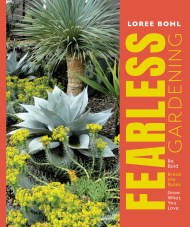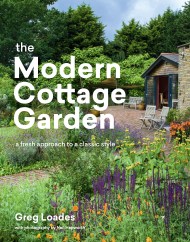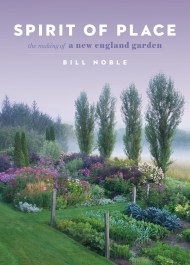Promotion
Use code MOM24 for 20% off site wide + free shipping over $45
Planting in a Post-Wild World
Designing Plant Communities for Resilient Landscapes
Contributors
By Claudia West
Formats and Prices
Price
$40.00Price
$50.00 CADFormat
Format:
- Hardcover $40.00 $50.00 CAD
- ebook $4.99 $4.99 CAD
This item is a preorder. Your payment method will be charged immediately, and the product is expected to ship on or around October 7, 2015. This date is subject to change due to shipping delays beyond our control.
Also available from:
“As practical as it is poetic. . . . an optimistic call to action.” —Chicago Tribune
Over time, with industrialization and urban sprawl, we have driven nature out of our neighborhoods and cities. But we can invite it back by designing landscapes that look and function more like they do in the wild: robust, diverse, and visually harmonious. Planting in a Post-Wild World by Thomas Rainer and Claudia West is an inspiring call to action dedicated to the idea of a new nature—a hybrid of both the wild and the cultivated—that can flourish in our cities and suburbs. This is both a post-wild manifesto and practical guide that describes how to incorporate and layer plants into plant communities to create an environment that is reflective of natural systems and thrives within our built world.
Over time, with industrialization and urban sprawl, we have driven nature out of our neighborhoods and cities. But we can invite it back by designing landscapes that look and function more like they do in the wild: robust, diverse, and visually harmonious. Planting in a Post-Wild World by Thomas Rainer and Claudia West is an inspiring call to action dedicated to the idea of a new nature—a hybrid of both the wild and the cultivated—that can flourish in our cities and suburbs. This is both a post-wild manifesto and practical guide that describes how to incorporate and layer plants into plant communities to create an environment that is reflective of natural systems and thrives within our built world.
Genre:
-
“This is the universal how-to guide to sustainable landscaping we have all been waiting for. A masterful accomplishment!” —Doug Tallamy, award-winning author of The Living Landscape and Bringing Nature Home
“A real-world guide for creating beautiful, ecologically connected landscapes. There is not a designer or property owner that would not benefit from this approach.” —Larry Weaner, APLD, founder of New Directions in the American Landscape
“A groundbreaking guide that lays out an alternative to traditional horticulture: designed plantings that function like naturally occurring plant communities. As practical as it is poetic, theirs is an optimistic call to action.” —Chicago Tribune
“Sometimes one comes across a landscape design book that simply demands to be read from cover to cover without pause. Planting in a Post-Wild World is one such book. Part ecological manifesto, part how-to planting guide, and part artistic statement, Post-Wild is a wonderful and refreshing addition to the world of landscape and planting design literature.” —NYBG's Plant Talk
“We have driven nature out of our cities—but this need not be a one-way ticket. Thomas Rainer and Claudia West, two leading voices in ecological landscape design, present an optimistic call-to-action dedicated to the idea of a new nature—a hybrid of the wild and the cultivated that can flourish in cities and suburbs. The authors speak with conviction and authority, and offer a practical blueprint for the future.” —The English Garden
“In this award-winning book, landscape architect Thomas Rainer and landscape consultant Claudia West present a groundbreaking new philosophy of planting design inspired by the way plants work together in the wild.” —American Gardener
“The book outlines how to design and maintain an ecological landscape, and does so in beautifully clear, fluid language that is easy to read and absorb. . . . Let us follow Planting in a Post-Wild World into a future where humans respectfully manage landscapes for our comfort, our quality of life, and our very existence, while acknowledging (in our treatment of them) the inherent value of these living communities.” —Garden Rant
“Every once in a while a book comes along that can truly be called a ‘game-changer’ and sets people buzzing. This book fits the bill…this is an important book capturing the spirit of the time, and injects new energy into the field of nature-inspired design with plants. It will become indispensable for all garden designers and landscape architects, as well as enthusiastic and knowledgeable gardeners and horticulturalists who wish to extend the creative potential of planting design.” —The Garden
“Most garden books simply confirm or amplify what we already know and like about horticulture, but this intelligent and thought-provoking book by Thomas Rainer and Claudia West is the rare exception. Other writers have suggested basing garden designs on the plant communities that thrive in the wild, but this may be the first time the theory and execution of this idea has been laid out so neatly.” —Country Gardens
“An excellently written, wonderfully illustrated guide to designing, planting, and managing plant installations…The book will interest landscape architects and horticulturalists as well as more casual home gardeners.” —Choice
“This lavishly illustrated manifesto applies broadly, to everything from water features to rooftops and vast acreages to urban backyards. Using detailed examples and simple graphics, Rainer and West make a convincing case for rethinking our relationship to plant design.” —Architectural Digest Online
“Two of the leading voices in ecological landscape design set out to celebrate and explain how planting design that recreates and reworks natural plant communities can create landscapes that are resilient. beautiful and diverse. The concepts are explained clearly with well-illustrated examples. Rainer's lyrical, passionate, and persuasive writing could convince even the most skeptical that It’s the right thing to.” —Gardens Illustrated best book of the year
- On Sale
- Oct 7, 2015
- Page Count
- 272 pages
- Publisher
- Timber Press
- ISBN-13
- 9781604695533
Newsletter Signup
By clicking ‘Sign Up,’ I acknowledge that I have read and agree to Hachette Book Group’s Privacy Policy and Terms of Use
